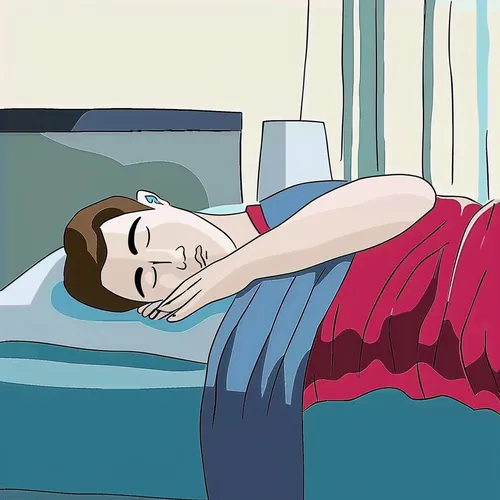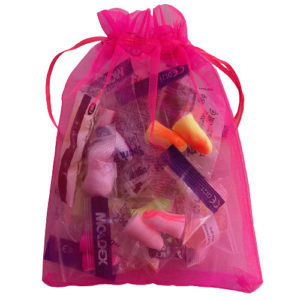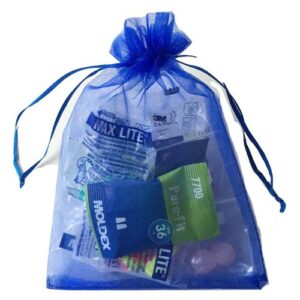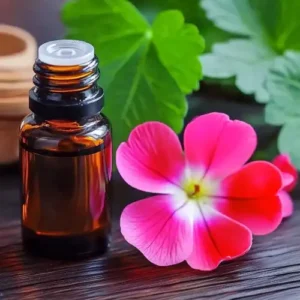For a lot of us, getting to sleep at night is hard. Some might find that our snoring partner makes it hard to drop off. Alternatively, we might live on a busy road or have noisy neighbours. For others, just staying asleep is hard as they are simply light sleepers. Whatever the reason, your physical and mental health can really suffer if you do not get a good night’s slumber. With so many potential distractions, it is no wonder that many of us start searching for ways to create the optimal sleeping environment.
One way of creating a better sleep experience is by using earplugs. Earplugs are the ideal way of reducing external noise and help protect your ears from sounds that might cause them harm, such as loud machinery or full-volume rock music. Using earplugs at night is one of the most popular ways that hearing protection is used. Whilst this is an acceptable and often good idea, caution needs to be taken. Not wearing earplugs correctly at night can cause problems. Apart from discomfort, bigger problems such as inner ear infections, tinnitus and hearing loss can result from incorrect earplug use.
Earplugs, Earwax and Infections
Good hygiene is the key to healthy ears. Your ears look after themselves naturally by secreting a substance called cerumen. You may know this as earwax. Your ears are protected from dirt and dust by your earwax, by pushing these particles back out of your ear canal. Not wearing earplugs correctly can hinder this process, causing a compression of earwax in your ears.
When earwax builds up in your ears and hardens, it can be very uncomfortable and even painful. You may lose full hearing capability if sound is prevented from reaching the eardrum by earwax accumulation. It is therefore vital that you only use clean earplugs and that they are inserted gently and carefully. This is particularly important with reusable earplugs and you should always read the manufacturers guidelines. Single use earplugs can only be used again if you are sure that they are clean and safe for further wear.
Proper Earplug Insertion and Removal
Wearing earplugs correctly is crucial to prevent earwax buildup and potential infections. Here are some tips for safe insertion and removal:
First, wash your hands thoroughly with soap and water before handling earplugs. Gently roll the earplug into a narrow cylinder shape. With your opposite hand, reach over your head and pull the outer ear upwards and backwards. This straightens the ear canal for proper insertion. Slowly insert the compressed earplug with your other hand and hold it in place until it expands and creates a seal.
Never force an earplug deeper into the ear canal! The earplug should go in easily without excessive pressure. To remove, twist the earplug gently while pulling outwards. Don’t yank it straight out as this can leave earplug material behind inside your ear. Discard disposable earplugs after use and follow cleaning instructions for reusable ones.
It may take some practice to get comfortable inserting and removing earplugs properly. Be patient, and don’t hesitate to ask your doctor or pharmacist for a demonstration. Taking the time to learn the right technique helps prevent earwax impaction and other complications from improper earplug use.
Let’s not forget, a mix of moisture, dirty earplugs and warmth in the ear can produce the ideal environment for bacteria growth which can lead to serious ear infections.
Earplug Discomfort and Pressure Build Up
It is perfectly safe to wear earplugs at night if you are sensible and follow basic hygiene. The key is to source the most comfortable pair you can find. This process is often one of trial and error which is why we always recommend buying an earplug sample pack first, in order to find the perfect earplug for your unique ears.
Our Women’s Earplugs Sample Pack or Men’s Earplugs Sample Pack are your obvious first choice. These packs contain a large selection of the most popular earplugs, in a variety of materials. Sleeping on your side might be painful, or even impossible, if the earplugs are too big or not soft enough. Try not to force the earplugs into your ear canal. And try not to go in too deeply. If increased pressure develops behind the earplug, it can be quite uncomfortable if the earplugs are then pulled out roughly.
Other Possible Risks
Getting a decent night’s sleep should be a top priority for us all. Many earplugs will block out enough noise to help you sleep. But they won’t block out all noise. This is particularly important as you should always ensure that you are still able to hear emergency signals whilst wearing earplugs.
Earplugs are a great solution for those that struggle to sleep at night. By following simple hygiene rules, you can ensure a great night’s sleep whilst keeping your ears healthy.
Photo “Should You Wear Earplugs at Night” by Anthony Cunningham for Zoom Health
Zoom Health is a leading UK supplier of Home Health Tests and Earplugs







